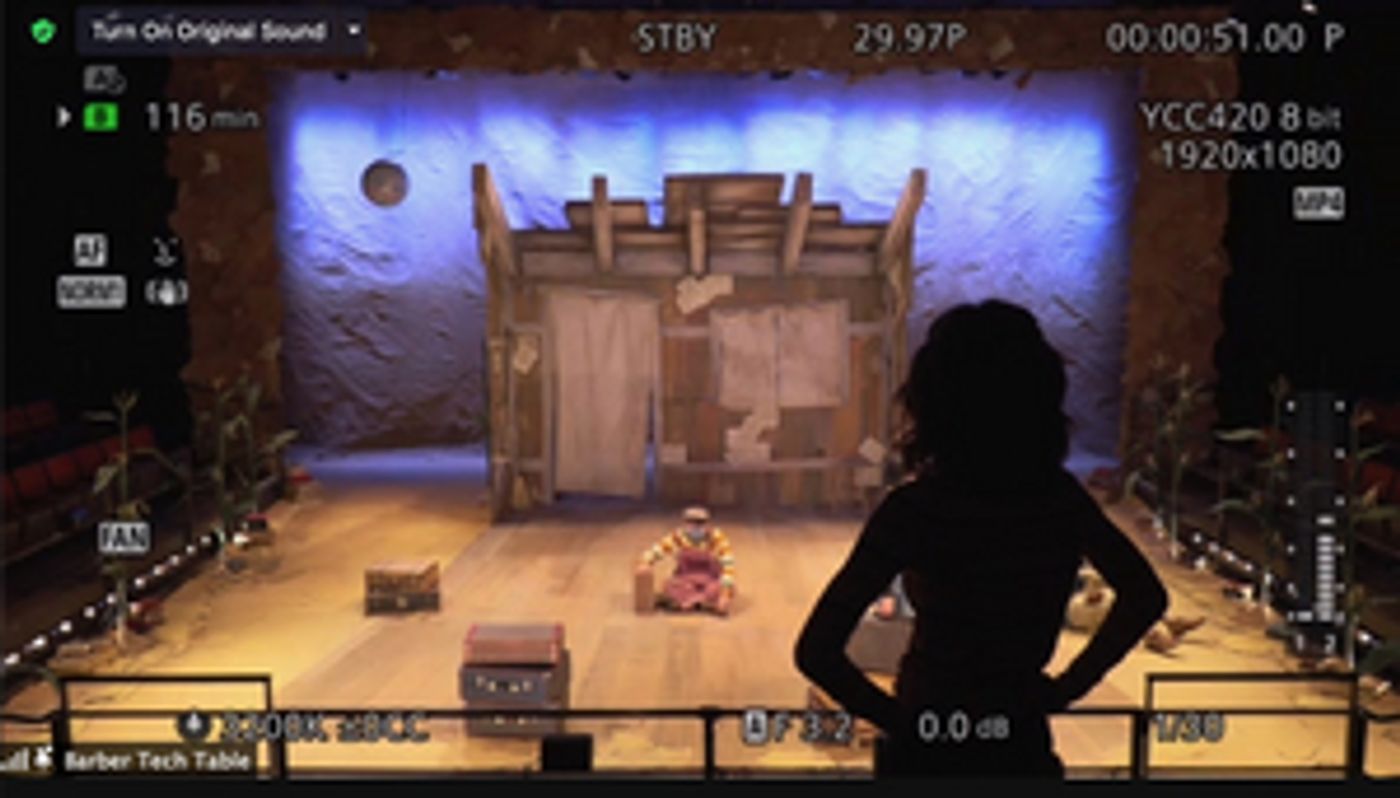Student Blog: Reimagining Rehearsal Room Mindsets and Reclaiming my Voice
A reflection on the sometimes dangerous emotional demands present in the crossroads of dance and theatre – and the power to be found in rethinking them

Pointe magazine recently published a poignant article by Suvi Honkanen highlighting the troubling emotional demands of the ballet world, expressing sentiments I have long passionately held as a theatre artist with an extensive background in ballet. While that background has often served me well, I've also had to work through its adverse emotional effects, especially in my theatrical work. Recognizing the massive crossover, overlap, and connections between the dance and theatre worlds, I'm reflecting on the way the emotional demands Honkanen highlights have shaped my own journey, the way those demands can manifest in a theatre setting, and the work we can do to prioritize healthier theatrical experiences as live theatre returns.
The fields of dance and theatre are of course closely connected. In fact, the line between ballet and musical theatre is often blurry, from extensive "dream ballets" and overwhelmingly dance-driven musicals like Movin' Out or the soon-to-be-revived Dancin,' to the same choreographers leading rooms at New York City Ballet and on Broadway. And dance training - often with a substantial ballet component -- has been a significant part of many theatrical performers' backgrounds. It was a major part of mine - I came to dance first, and even after choosing to prioritize theatre, I continued rigorous ballet training alongside theatre for much of my adolescence. This combination would shape my development as an artist in a variety of ways.
Emotionally unhealthy - and even abusive - treatment of musical theatre dancers/performers by choreographers/directors, in a manner paralleling the adjacent field of classical ballet, goes back to Jerome Robbins and Bob Fosse. And while progress has been made, intentional work against lingering dangerous mindsets is still important. As Honkanen writes in her article, ballet training demands that students all conform to one identical mold, let ballet shape their entire life, and never speak their mind or challenge authority.
Though ultimately somewhat more encouraging of individuality, much musical theatre training still subtly glorifies a fairly singular ideal, from body type to vocal sound. In a year without theatre, many theatre artists are realizing just how much their theatre work had come to dominate their overall life and humanity, and are proposing that perhaps this is not the point of pride that ought to be so encouraged. But it was the quiet obedience, instilled in ballet studios where students are rarely asked to say a word, that I found most impactfully reinforced in my theatre experiences, especially in musical theatre ensembles. No director or choreographer I encountered rivaled my strict Russian ballet teacher in their demands, but because there is definite value in the focus an efficiency such behavior carries, I found it rewarded. Never given any reason to critically examine the mindset, I was left at age seventeen believing wholeheartedly that I was not a creative person: that I was just very good at doing -- dancing the steps, saying the words, singing the notes -- as I was told in a rehearsal room.
It was not until two incredible directors my senior year of high school very intentionally asked for my thoughts on two rich roles that I finally began to really find my own voice as a theatre artist. It was exciting, but still not comfortable or easy - I had always been happy simply taking direction. Soon, my dance background led me into choreography for the theatre - ironically, a position that requires that very confident voice which that dance background had discouraged. Unlearning old mindsets to recognize that I did have a right to lead a room and offer creative contributions was difficult and scary. But as I've begun to find my voice, to embrace my identity as a creative theatremaker, it's become central to my work. I love devised and new work processes where every artist can have a significant role in the creation of the piece. I love the creative agency of choreography and teaching, and the power of the individual creative voices of my cast members or students.
Watching experiences of my peers, I've become more and more aware of how dance and some theatre spaces have often failed to recognize and cultivate their full humanity, agency, and voices. But I've also seen, in my own and others' dance and theatre work, how emotionally healthy spaces where the full humanity, creative potential and voice of each individual is valued -- where power does not rest overwhelmingly upon just a few high-status individuals -- can lead to some of the most beautiful, innovative art. As we aim to return to a dance and theatre industry better than the one we left, may one of those re-imaginings be a more intentional creation of emotionally healthy spaces and mindsets, and a recognition that such an approach will in fact support greater excellence in artistic product.
Videos


